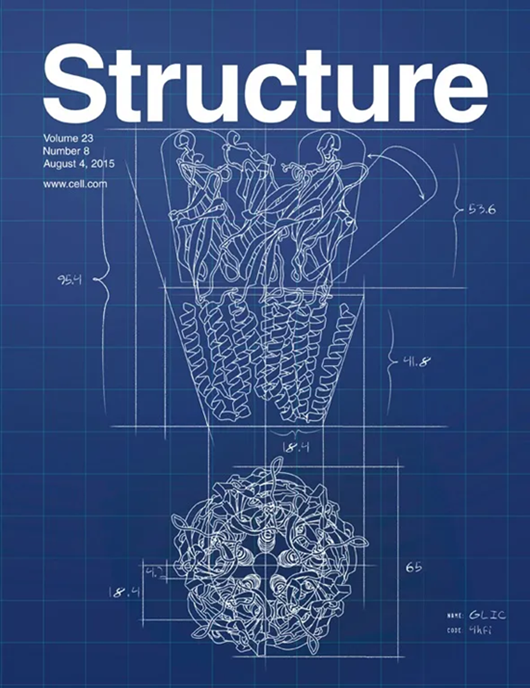以神经酰胺合酶为靶点开发新型抗真菌药物
IF 4.3
2区 生物学
Q2 BIOCHEMISTRY & MOLECULAR BIOLOGY
引用次数: 0
摘要
病原真菌引起的侵袭性真菌感染(IFIs)是一个主要的公共卫生问题,特别是在各种免疫功能低下人群中。有效的临床管理目前受到有限的治疗方案的阻碍。真菌鞘脂已成为潜在的抗真菌靶点,基于累积的证据表明,真菌鞘脂代谢是致病真菌毒力的关键。本研究的重点是鞘脂代谢酶神经酰胺合成酶。我们开发了一种酶法来检测神经酰胺合成酶的活性,并设计了一个高通量筛选平台。鉴定出两种合成化合物对真菌和哺乳动物神经酰胺合成酶活性有优先抑制作用。进一步的研究表明,这些化合物可以阻断真菌的生长,硅和诱变研究揭示了抑制剂与神经酰胺合成酶活性位点之间的相互作用。总之,我们的研究确立了真菌神经酰胺合成酶作为一种有前景的抗真菌靶点,并为利用真菌鞘脂代谢进行新的构效关系研究铺平了道路。本文章由计算机程序翻译,如有差异,请以英文原文为准。

Targeting ceramide synthases for the development of new antifungals
Invasive fungal infections (IFIs) caused by pathogenic fungi are a major public health concern, particularly across various immunocompromised populations. Effective clinical management is currently hindered by limited treatment options. Fungal sphingolipids have emerged as potential antifungal targets based on cumulative evidence demonstrating that fungal sphingolipid metabolism is key to the virulence of pathogenic fungi. This study focuses on the sphingolipid metabolizing enzyme ceramide synthase. We developed an enzymatic assay to examine ceramide synthase activity and devised a high-throughput screening platform. Two synthetic compounds were identified that preferentially inhibit the fungal vs. the mammalian ceramide synthase activity. Further studies indicate that these compounds block fungal growth, with in silico and mutagenesis investigations revealing insights into the interactions between the inhibitors and the ceramide synthase active site. Together, our study establishes fungal ceramide synthase as a promising antifungal target and paves the way for new structure-activity relationship studies leveraging fungal sphingolipid metabolism.
求助全文
通过发布文献求助,成功后即可免费获取论文全文。
去求助
来源期刊

Structure
生物-生化与分子生物学
CiteScore
8.90
自引率
1.80%
发文量
155
审稿时长
3-8 weeks
期刊介绍:
Structure aims to publish papers of exceptional interest in the field of structural biology. The journal strives to be essential reading for structural biologists, as well as biologists and biochemists that are interested in macromolecular structure and function. Structure strongly encourages the submission of manuscripts that present structural and molecular insights into biological function and mechanism. Other reports that address fundamental questions in structural biology, such as structure-based examinations of protein evolution, folding, and/or design, will also be considered. We will consider the application of any method, experimental or computational, at high or low resolution, to conduct structural investigations, as long as the method is appropriate for the biological, functional, and mechanistic question(s) being addressed. Likewise, reports describing single-molecule analysis of biological mechanisms are welcome.
In general, the editors encourage submission of experimental structural studies that are enriched by an analysis of structure-activity relationships and will not consider studies that solely report structural information unless the structure or analysis is of exceptional and broad interest. Studies reporting only homology models, de novo models, or molecular dynamics simulations are also discouraged unless the models are informed by or validated by novel experimental data; rationalization of a large body of existing experimental evidence and making testable predictions based on a model or simulation is often not considered sufficient.
 求助内容:
求助内容: 应助结果提醒方式:
应助结果提醒方式:


